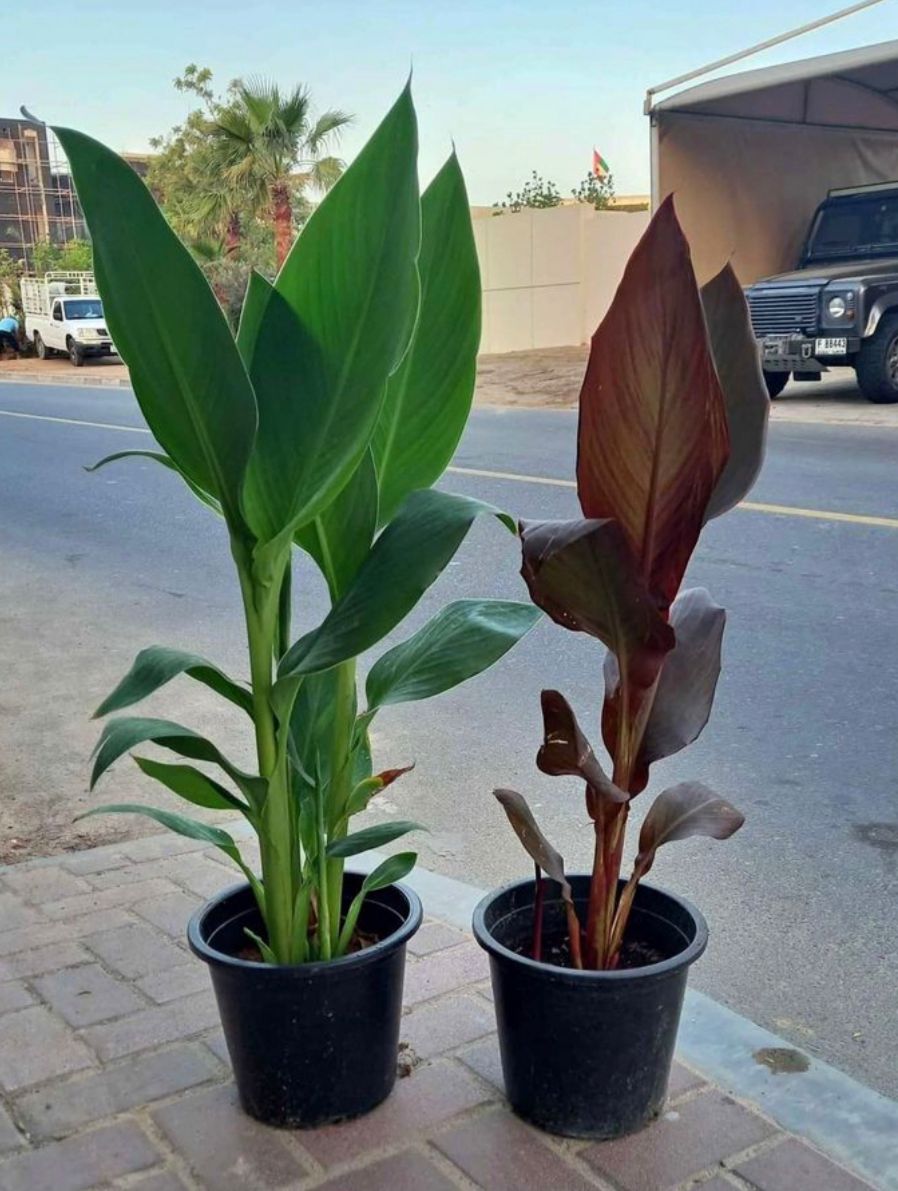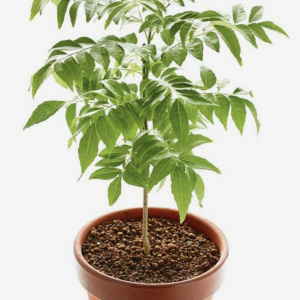Garden Showstopper Canna Lilly
Canna Lilly, also known as Canna or Canna indica, is a beautiful flowering plant that belongs to the Cannaceae family. Here’s some information about Canna lily:
Canna Lilly Appearance:
Canna lilly are known for their striking and vibrant flowers. They have large, paddle-shaped leaves that grow upright and tall stems that bear clusters of flowers. The flowers come in a wide range of colors, including red, orange, yellow, pink, and bi-color combinations. Some varieties also have attractive variegated foliage.
Canna Lilly Growth Habit:
Canna lilly are herbaceous perennials that grow from rhizomes. They can reach heights ranging from 2 to 8 feet (0.6 to 2.4 meters) depending on the cultivar and growing conditions. The leaves are arranged alternately along the stems, and the plant forms a clump over time.
Canna Lilly Flowering Period:
Canna lilly typically bloom from summer to fall, producing showy flowers that add a pop of color to the garden or landscape.
Canna Lilly Sun and Soil Requirements:
Canna lilies thrive in full sun to partial shade. They prefer well-draining soil enriched with organic matter. These plants can tolerate different soil types, including loam, clay, or sandy soil, but they perform best in fertile, moist soil.
Canna lilly Watering:
Canna lilies have moderate water requirements. They prefer consistently moist soil, but gardeners should avoid overwatering as it can lead to root rot. Water deeply when the top inch of soil feels dry, especially during hot and dry periods.
Maintenance:
Canna lilies benefit from regular maintenance to promote healthy growth and blooming. Deadheading spent flowers and removing damaged leaves can help maintain a tidy appearance.In colder regions, gardeners may need to lift and store the rhizomes indoors during winter to protect them from frost.
Landscape Uses:
Gardeners can use Canna lilly in various landscape settings. They commonly plant them in flower borders, mixed perennial beds, and containers. Canna lilies also make great focal points or accents in water gardens or alongside ponds, as they tolerate wet conditions.
Attracts Pollinators:
Canna lily flowers are attractive to pollinators, including bees and hummingbirds. Their vibrant flowers and nectar-rich blooms can help support local pollinator populations.
Canna lilies are known for their showy flowers, attractive foliage, and versatility in garden design. With their stunning blooms and tropical appearance, they can add a touch of exotic beauty to any outdoor space.






Reviews
There are no reviews yet.